
Captain Theodore Wright, VC was a British Army officer and an English recipient of the Victoria Cross (VC), the highest and most prestigious award for gallantry in the face of the enemy that can be awarded to British and Commonwealth forces.

Lieutenant Colonel Arthur Martin-Leake, was an English physician, officer in the Royal Army Medical Corps and a double recipient of the Victoria Cross (VC), the highest award for gallantry in the face of the enemy that can be awarded to British and Commonwealth forces. Martin-Leake was the first of three men to be awarded the VC twice, the others being Noel Godfrey Chavasse and Charles Upham.
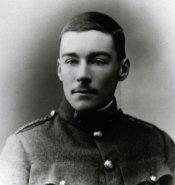
Lieutenant General Sir Philip Neame, was a senior British Army officer and a recipient of the Victoria Cross, the highest award for gallantry in the face of the enemy that can be awarded to British and Commonwealth forces, and the winner of an Olympic Games gold medal; he is the only person to achieve both distinctions.
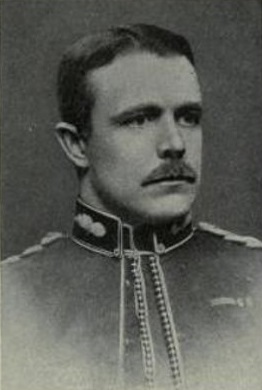
Lieutenant-General Sir Fenton John Aylmer, 13th Baronet, was an Anglo-Irish British Army officer and a recipient of the Victoria Cross. He was in command of the first failed efforts to break the siege of Kut in 1916. From a military background, Aylmer was commissioned into the Indian Army, and immediately involved in fierce fighting on the north-west frontier. In a singularly heroic action, still in his twenties, he helped rescue Townshend's garrison at Chitral, spearheading the relief column. For his valorous conduct he was awarded the Victoria Cross, and rapid promotion through the officer class.

Lieutenant Colonel Thomas Colclough Watson VC was a recipient of the Victoria Cross, the highest and most prestigious award for gallantry in the face of the enemy that can be awarded to British and Commonwealth forces.

Brigadier Alfred Maurice Toye was an English recipient of the Victoria Cross, the highest and most prestigious award for gallantry in the face of the enemy that can be awarded to British and Commonwealth forces.
Major General Sir Howard Craufurd Elphinstone, was a British Army officer and a recipient of the Victoria Cross, the highest award for gallantry in the face of the enemy that can be awarded to British and Commonwealth forces.

Lieutenant-Colonel His Honour Sir Brett Mackay Cloutman, VC, MC, QC was a British Army officer, barrister, and Official Referee of the Supreme Court. He was awarded the Victoria Cross, the highest and most prestigious award for gallantry in the face of the enemy that can be awarded to British and Commonwealth forces.
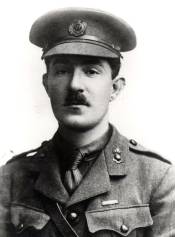
Colonel James Lennox Dawson VC was a Scottish recipient of the Victoria Cross, the highest and most prestigious award for gallantry in the face of the enemy that can be awarded to British and Commonwealth forces.

General Sir Edward Pemberton Leach was an Irish recipient of the Victoria Cross, the highest and most prestigious award for gallantry in the face of the enemy that can be awarded to British and Commonwealth forces.
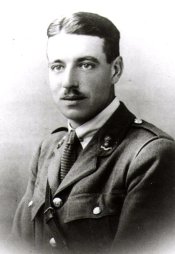
Major Cecil Leonard Knox VC was an English recipient of the Victoria Cross, the highest and most prestigious award for gallantry in the face of the enemy that can be awarded to British and Commonwealth forces.

Frederick Henry Johnson was a British soldier and recipient of the Victoria Cross, the highest and most prestigious award for gallantry in the face of the enemy that can be awarded to British and Commonwealth forces.

Brigadier Charles Calveley Foss, was an English recipient of the Victoria Cross (VC), the highest and most prestigious award for gallantry in the face of the enemy that can be awarded to British and Commonwealth forces. A professional soldier in the British Army, he was awarded the VC in 1915 for his actions during the Battle of Neuve Chapelle.

Lieutenant General Premindra Singh Bhagat, PVSM, VC was a general in the Indian Army and an Indian recipient of the Victoria Cross, the highest and most prestigious award for gallantry in the face of the enemy that can be awarded to British and Commonwealth forces. The Victoria Cross was conferred on him for his actions in the Sudan Theatre during World War II.
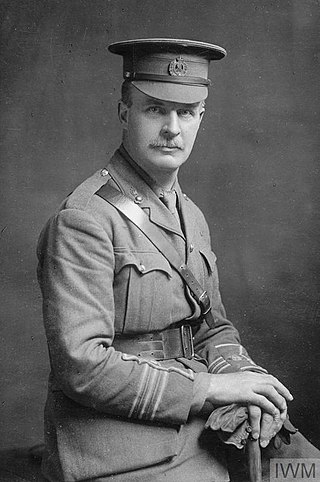
Major General Clifford Coffin was a British Army officer and recipient of the Victoria Cross, the highest and most prestigious award for gallantry in the face of the enemy that can be awarded to British and Commonwealth forces.

Claud Raymond VC was a British recipient of the Victoria Cross, the highest and most prestigious award for gallantry in the face of the enemy that can be awarded to British and Commonwealth forces. As a member of an old County Kerry family with strong links to the Indian Army, Raymond is also regarded as an Irish VC.
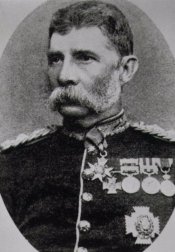
General Sir Harry North Dalrymple Prendergast, was a British military officer who served with the Madras Army and the Indian Army. He was a recipient of the Victoria Cross (VC), the highest and most prestigious award for gallantry in the face of the enemy that can be awarded to members of British and, in imperial times, Commonwealth forces.

Colonel George de Cardonnel Elmsall Findlay VC MC & Bar was a Scottish recipient of the Victoria Cross, the highest and most prestigious award for gallantry in the face of the enemy that can be awarded to British and Commonwealth forces.

William Henry Johnston was a British soldier and recipient of the Victoria Cross, the highest and most prestigious award for gallantry in the face of the enemy that can be awarded to British and Commonwealth forces.

The Bengal Engineer Group (BEG) is a military engineering regiment in the Corps of Engineers of the Indian Army. The unit was originally part of the Bengal Army of the East India Company's Bengal Presidency, and subsequently part of the British Indian Army during the British Raj. The Bengal Sappers are stationed at Roorkee Cantonment in Roorkee, Uttarakhand.



















